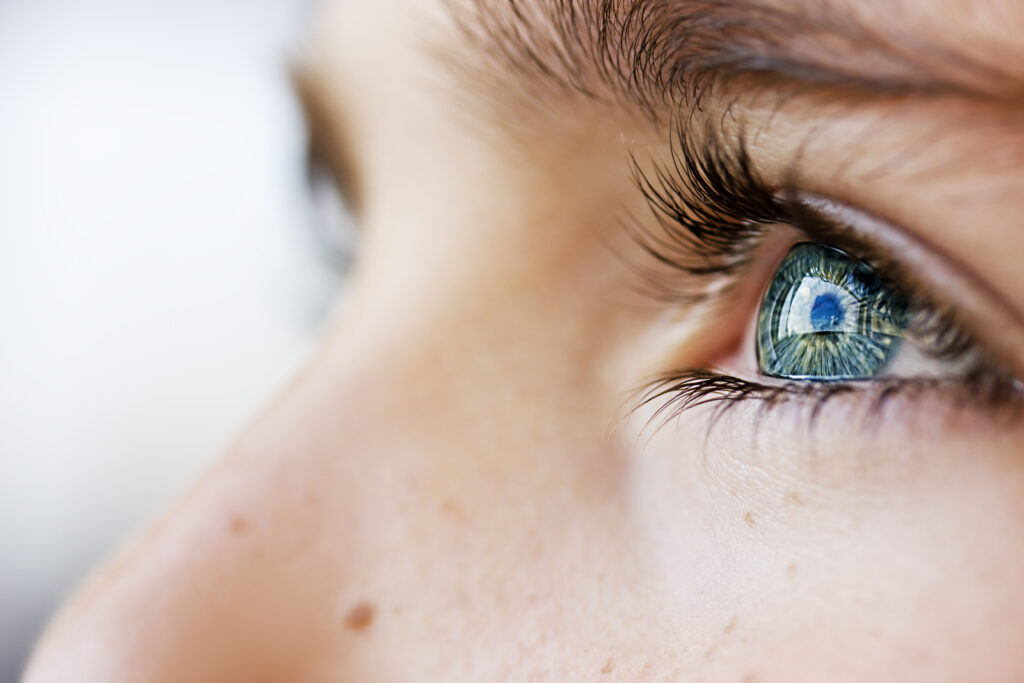Accompaniment
Dry Eye Area

What is dry eye?
Dry eye is an increasingly common problem, affecting about 350 million people worldwide, and has become one of the main reasons for seeing the ophthalmologist. Although it did not start to be considered a disease until just 30 years ago, there are now many solutions we can offer for dry eye.
In this sense, we must bear in mind that quite often it is not only due to a problem of “quantity” of tears, but also of “quality”, and that, apart from causing highly variable discomfort, it can lead to inflammation and damage to the eye surface. To control this chronic process, which can have a major impact on quality of life, there are many more options than the usual artificial tears or moisturising eye drops.
The goal of the Miranza clinics’ Dry Eye Area,with a team of specialised optometrists and ophthalmologists at your service, is to provide you with an accurate diagnosis of your type and degree of dry eye to be able to recommend preventive guidelines as well as personalised and effective treatments.
Patients we treat in the Dry Eye Area
Dry eye can be due to many causes and a combination of different factors (from age and hormonal changes to diet, smoking and lifestyle, among others).
If you have other eye diseases, such as those listed below, you may be more prone to suffer from dry eye. Dry eye can also be associated with diseases such as Sjögren’s syndrome (an autoimmune disorder affecting the eyes and mouth), rheumatoid arthritis, lupus, thyroid dysfunction, diabetes, dermatitis, insomnia, allergies etc.
Support with dry eye
Our specialists in the Dry Eye Area will offer you diagnostic guidance and help you better understand the process of dry eye, as well as support you in carrying out good therapeutic maintenance, both in the consulting room and at home.
Complete optometric and ophthalmological examination, including:
- Detailed questionnaire to assess aspects such as your symptoms, ophthalmological and other pathological background, medication you may be taking as well as living and working conditions (screens, make-up …)
- Additional tests with the latest technology, such as the OQAS HD Analyzer (real-time tear quality study) or the LipiView eye surface interferometer (measurement of the thickness of the lipid layer in the tear and evaluation of its dynamic response to blinking).
Depending on the causes of dry eye and its severity, treatment may be based on:
- Lubrication (drops, ointments, gels)
- Eyelid hygiene measures
- Drugs, both eye drops and systemic
- Therapeutic contact lenses
- Vitamin supplements and dietary recommendations
- In-office treatments for dry eye, with innovative equipment for intense pulsed light (IPL) and thermal pulsation (LipiFlow) among others.
As it is a chronic disease, dry eye treatment does not end when you leave the office, but requires you to adopt a series of habits and routine care to keep dry eyes at bay and minimise associated discomfort. Find out and get advice from the Miranza team of specialists.